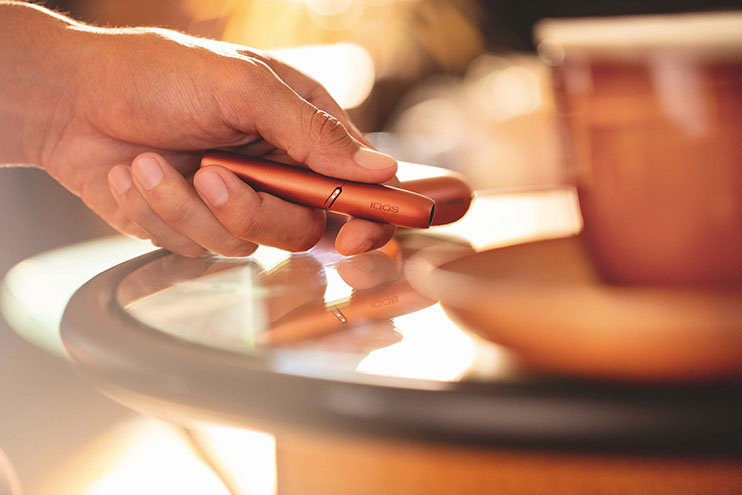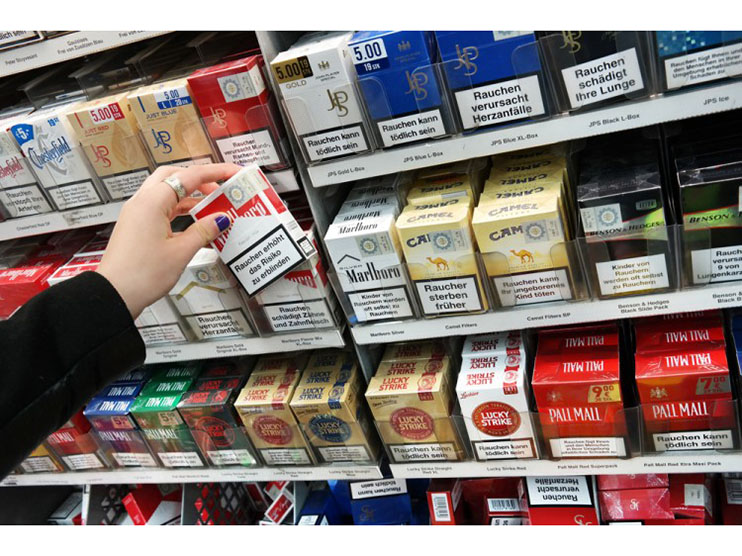News - News In Brief
How The Tobacco Industry Has Been Transforming
May 25, 2021
.jpg) Advertisement
AdvertisementHealth and wellness have become a top priority in today's world, creating a global climate of consumers clamoring for choices that offer the same experiences they've come to enjoy but with different ingredients. This is on full display with the surging popularity of alternative food and beverages that create the same feeling that one is accustomed with only a change in ingredients.
That same sentiment is carrying over to the world of tobacco, where enthusiastic adult smokers are eagerly looking for less harmful options. Thus the tobacco industry decided to take the challenge. Clearly it showed an interest in widening its reach to providing less harmful choices to its adult consumers like electronic cigarettes (e-cigarettes) or with “heat not burn” (HNB) devices.
Nowadays, regulatory pressures and public campaigns changed their previous strategy. Instead of forbidding smoking, their aim now is to provide alternatives/less harmful methods to satisfy the smoker’s addiction, reducing smoking-related diseases.
Here is how the tobacco industry started innovating with offers of non-combustible tobacco product alternatives, as these consumer-acceptable products are positioned as less harmful than a traditional cigarette.
New smoking alternatives, such as E-cigarettes and heat-not-burn devices, are now getting significant market shares. Although Heat not burn products and e-cigarettes are smoking alternatives but are not grouped under the same category.
There are differences between the two devices and, adult smokers should know about them.

For instance, in order that IQOS (an HNB device) considered a tobacco product (unlike E-cigs) to get permission to be sold in the USA, it had to prove that it was less harmful than conventional cigarettes. The FDA, which is responsible for authorizing new tobacco products to enter the market in the USA, after examining the relevant studies that show reduced harm compared to conventional cigarettes, announced in 2019 that it had authorized the marketing of new tobacco products manufactured by Philip Morris Products S.A. for the IQOS “Tobacco Heating System”. The FDA has placed stringent marketing restrictions on the products in an effort to prevent youth access and exposure. Following the usual rigorous science-based review through the pre-market tobacco product application (PMTA) pathway, the agency determined that authorizing these products for the U.S. market was appropriate for the protection of public health because, among several key considerations, the products produce fewer or lower levels of some toxins than combustible cigarettes.
In addition to the prevention of smoking initiation and the promotion of smoking cessation, tobacco harm reduction is being recognized as a valuable and promising approach to accelerate further the decline in smoking prevalence and smoking-related harm. Tobacco harm reduction is based on switching smokers to markedly less harmful alternative products, referred to by the Food and Drug Administration as modified-risk tobacco products (MRTP). The US Family Smoking Prevention and Tobacco Control Act defines an MRTP as “any tobacco product that is sold or distributed for use to reduce harm or the risk of tobacco-related disease associated with commercially marketed tobacco products”.
Importantly, to improve health at the population level, these substitutes for cigarettes must be acceptable to smokers, providing adequate nicotine delivery and satisfaction to prevent relapse to cigarette smoking.
Although smoke-free alternatives are not risk-free, it is known that the majority of harmful chemicals in cigarette smoke comes from burning tobacco. This smoke contains hundreds of harmful and potentially harmful constituents. Remove the burning and you can significantly reduce the levels of many of these chemicals.
Philip Morris International Inc. (PMI) the owner, of the world's most popular cigarette brands, made the decision in 2016 to transform its business, moving away from combustible products to smoke-free ways to deliver nicotine. The company set a goal of getting 40 million of its adult smokers to quit smoking by 2025, and switch to one of the scientifically proven less harmful alternative which the heat not burn alternative, with the goal, ultimately, of achieving a “smoke-free future.”
There are more than 1 billion smokers in the world today. Yes, their best choice would be to quit tobacco and nicotine use altogether; however, most adult smokers don’t intend to quit smoking or try to quit but find it hard because of the addictive properties of the nicotine. Therefore, it is obviously a great opportunity for the tobacco industry to address the interests of these men and women by providing better alternatives.
This article is brought to you by Philip Morris Lebanon.



.jpg)










